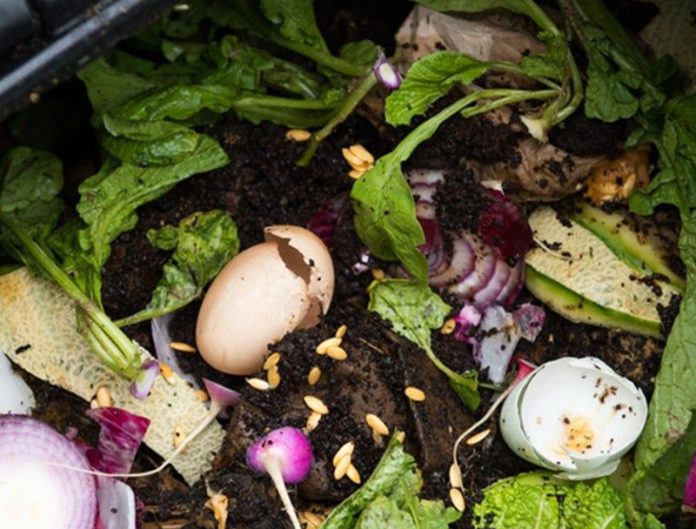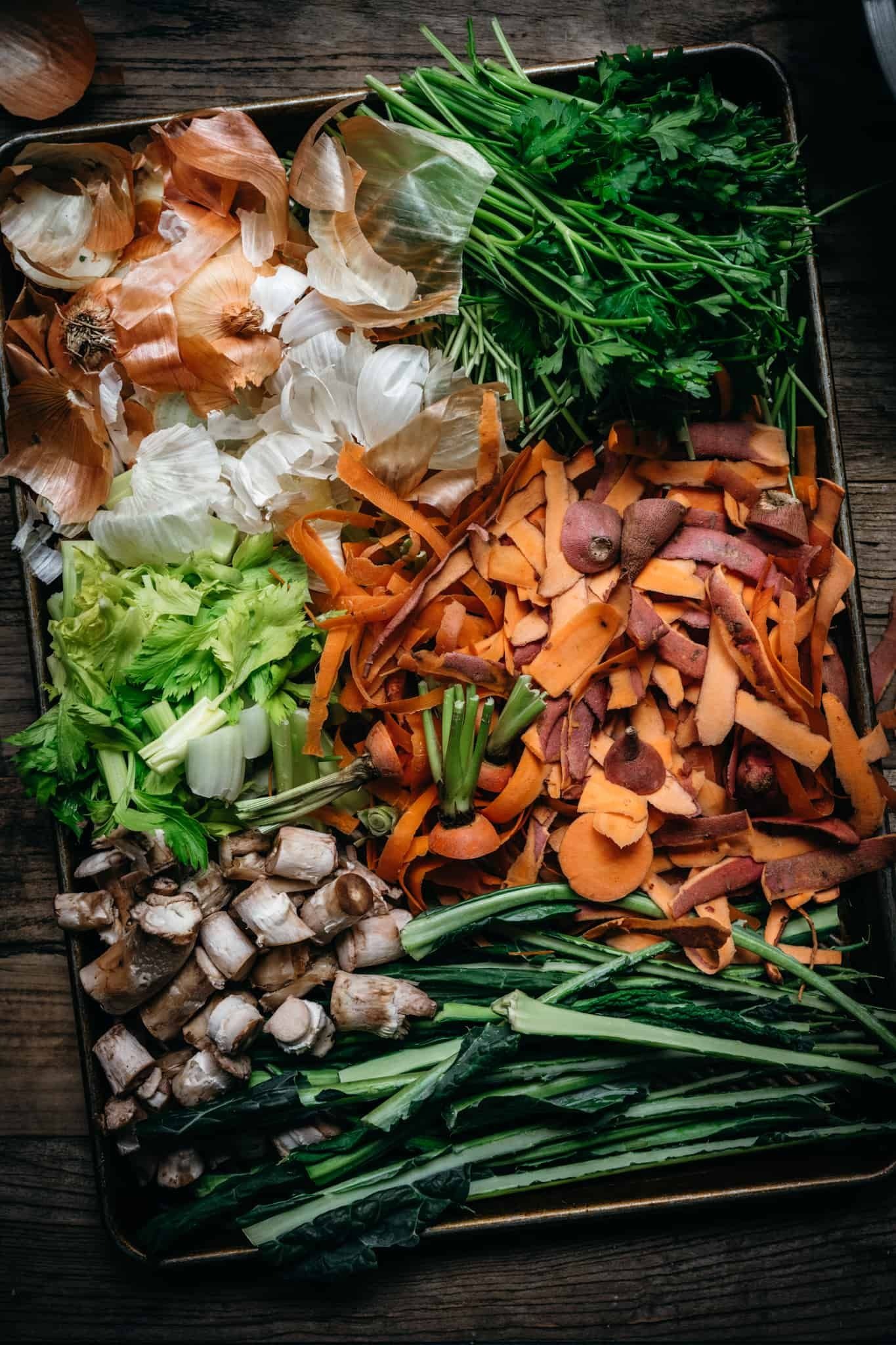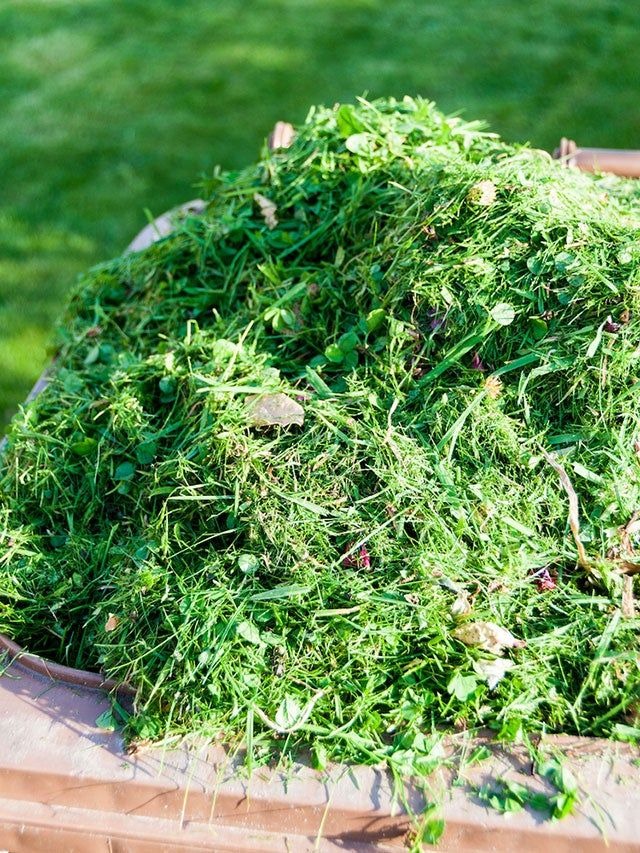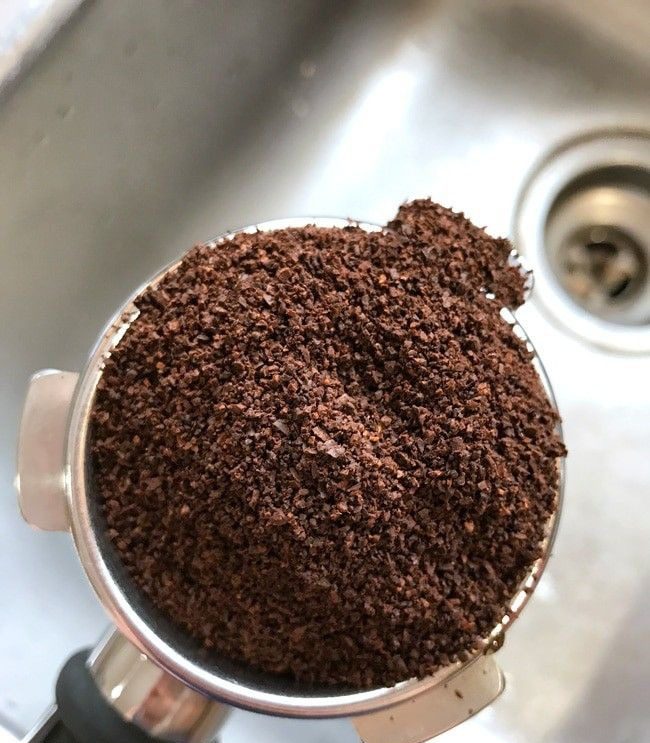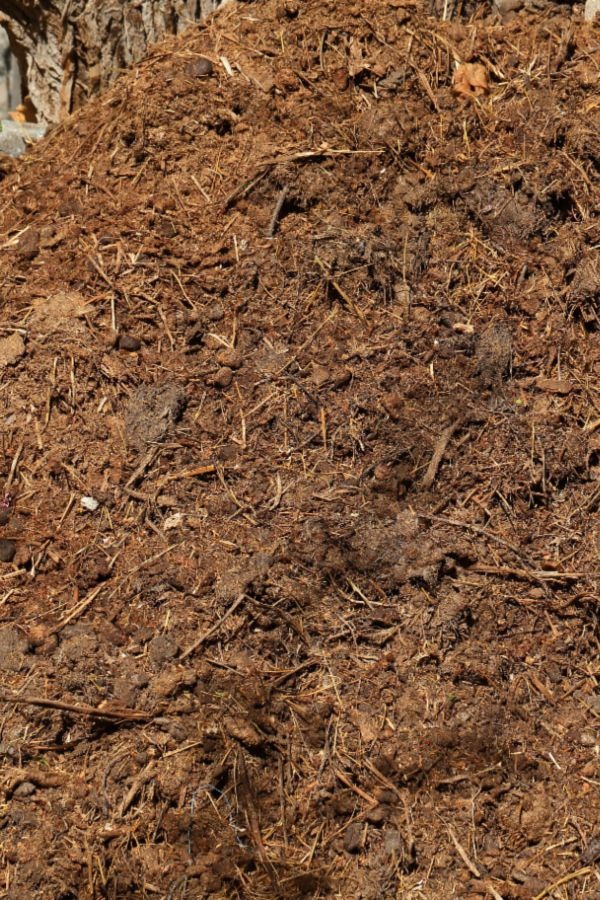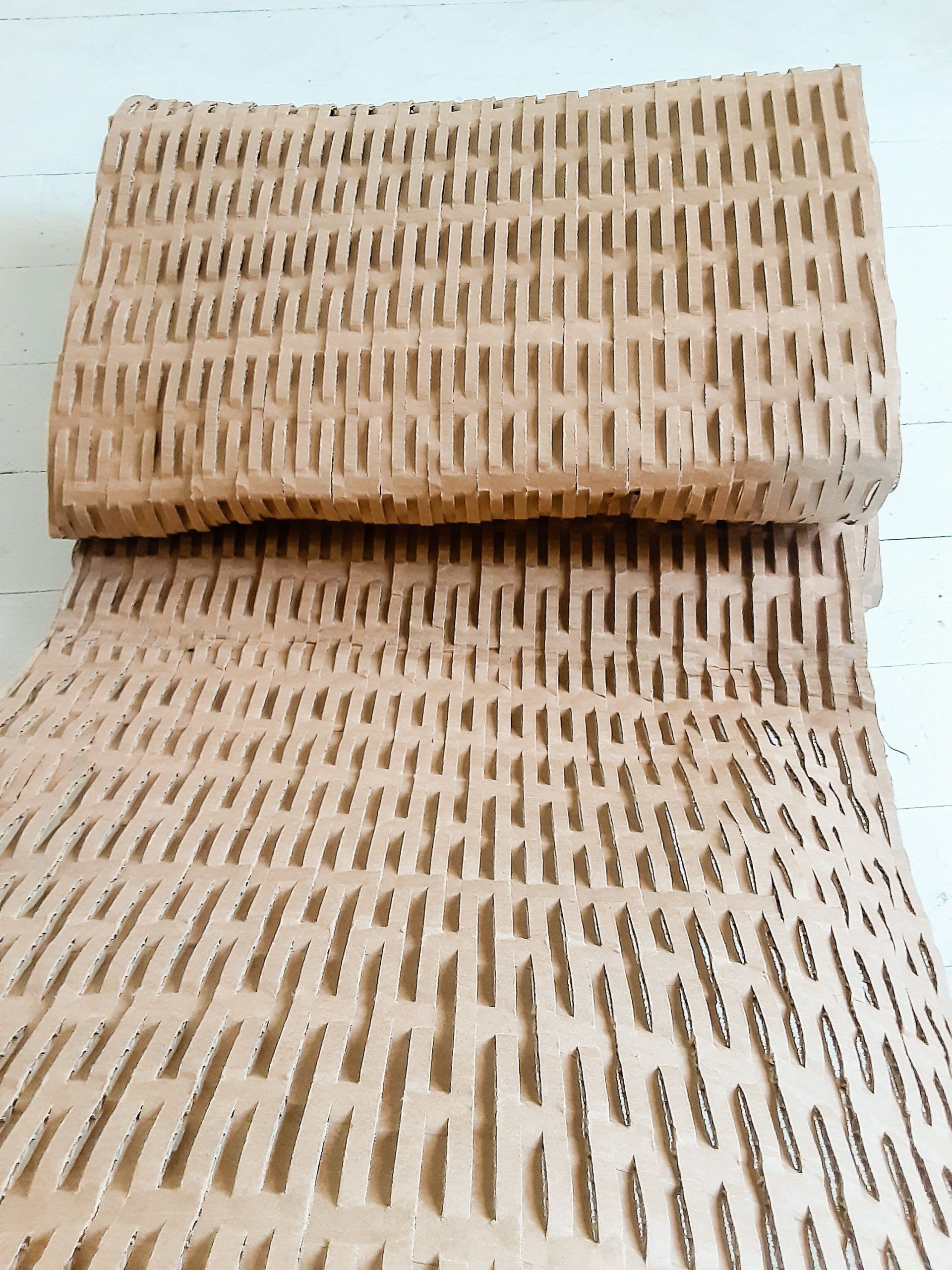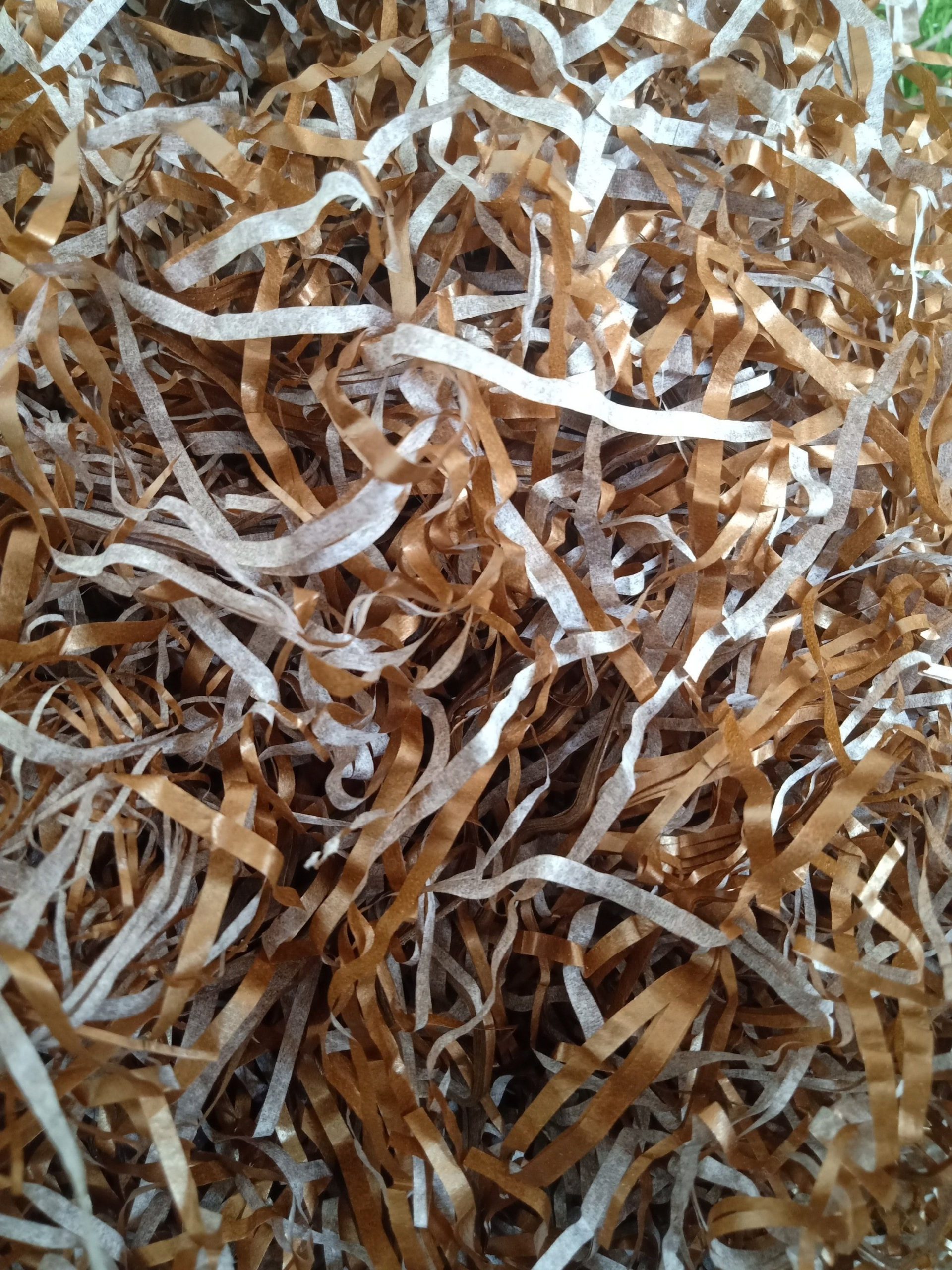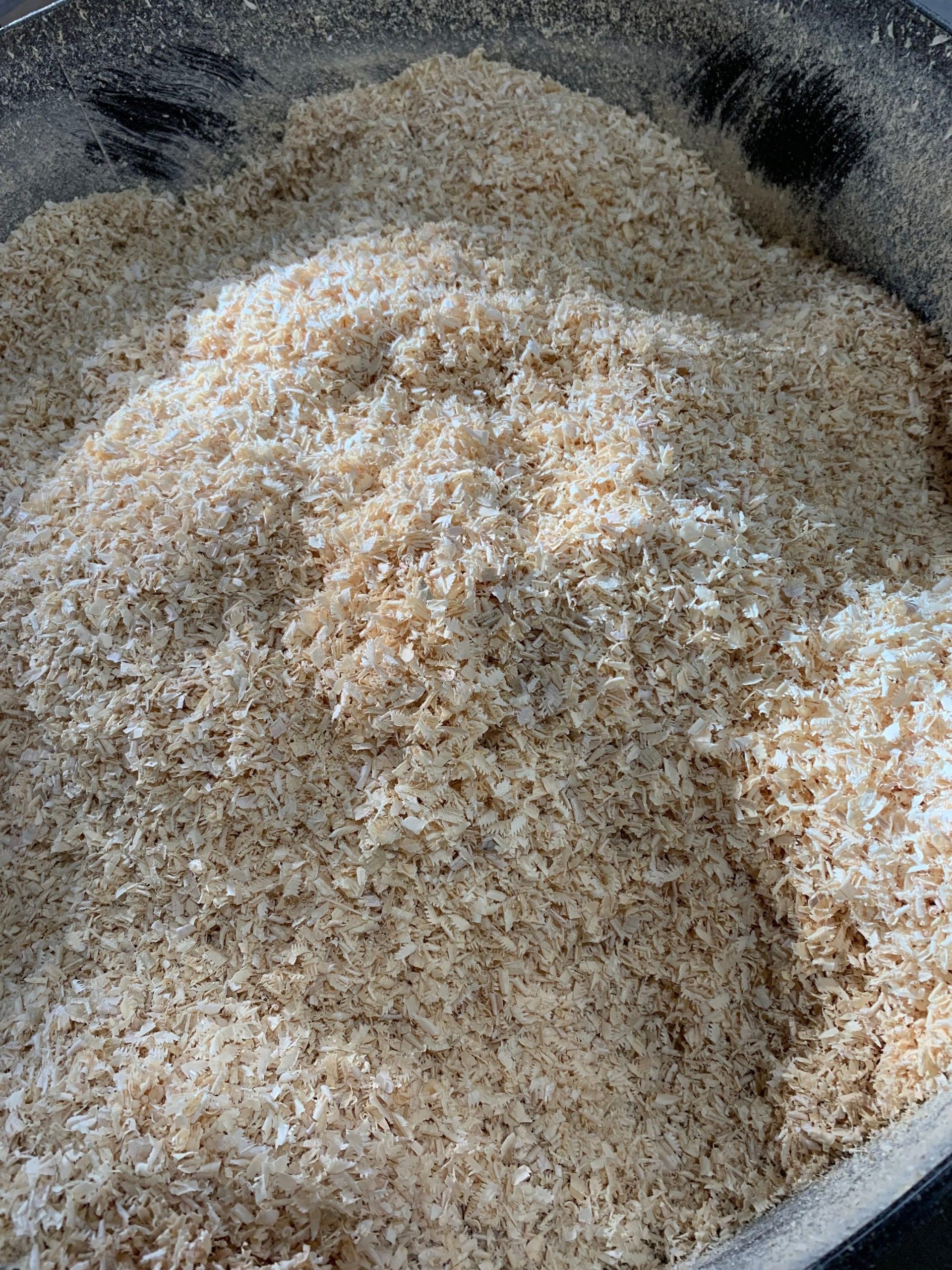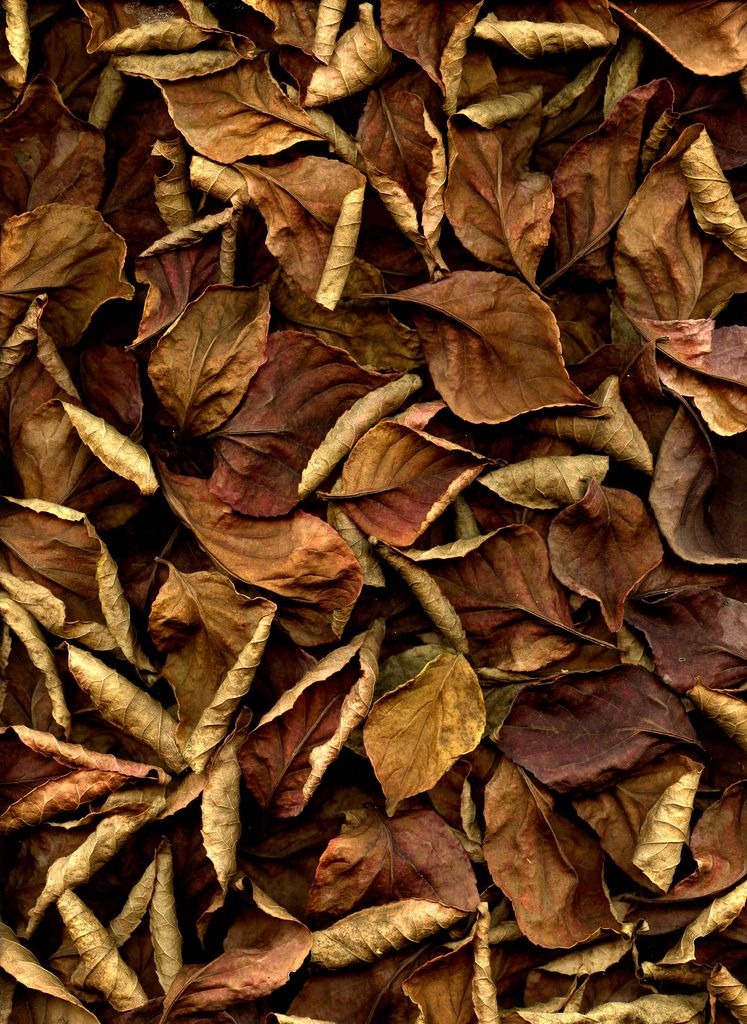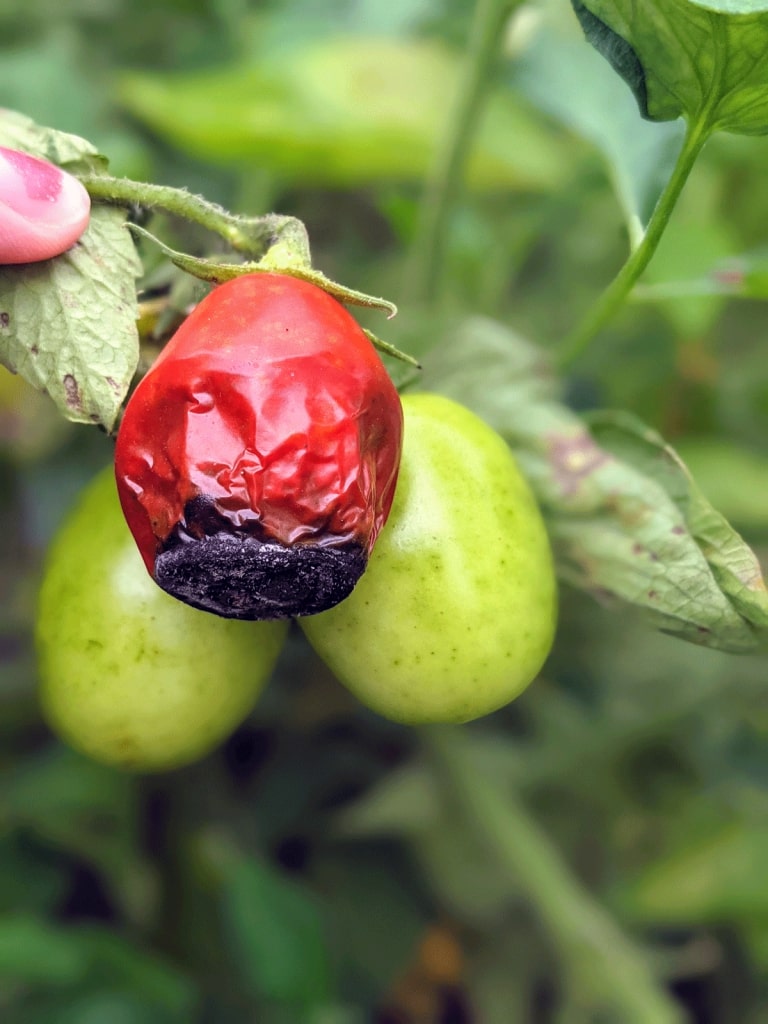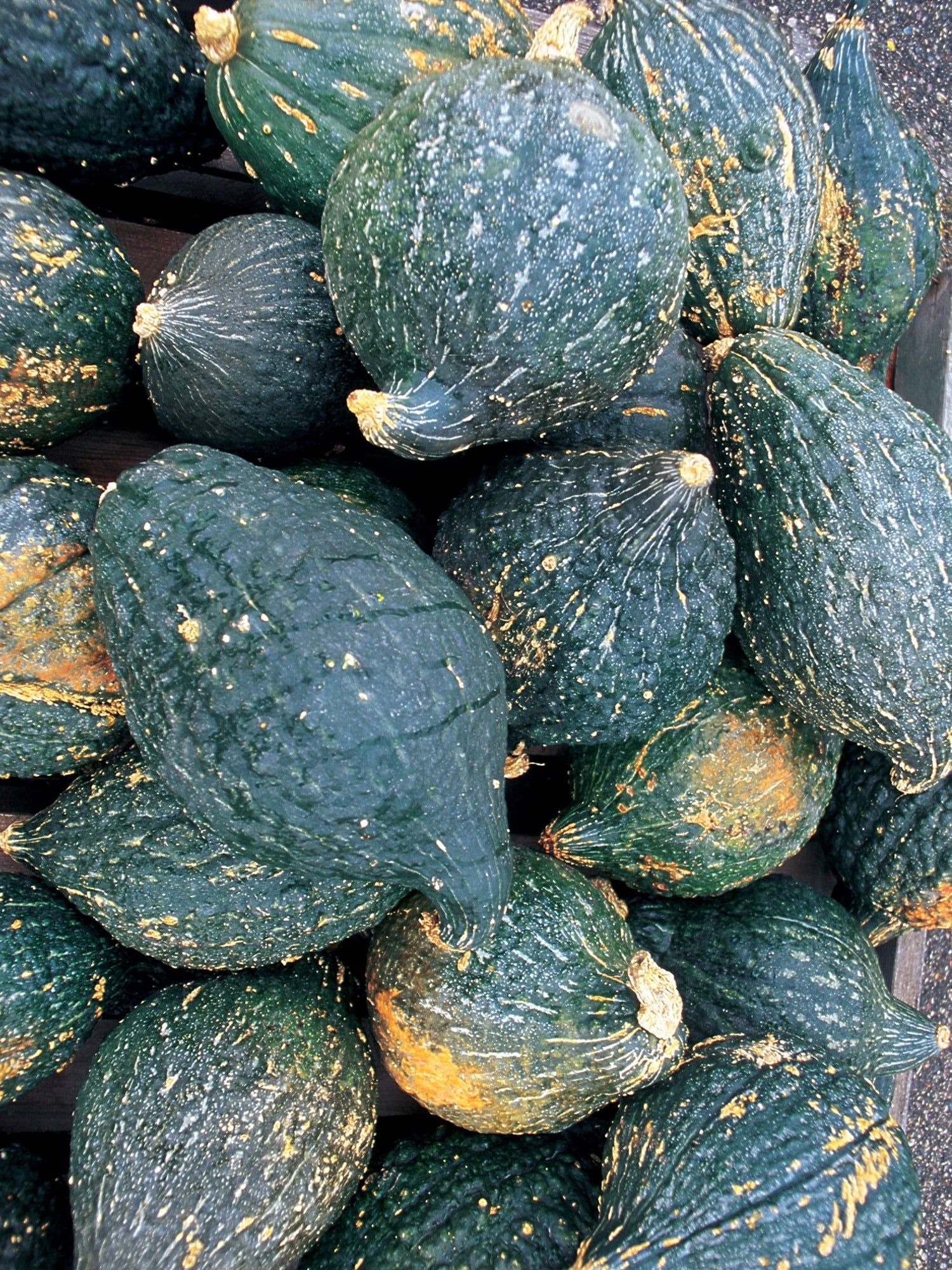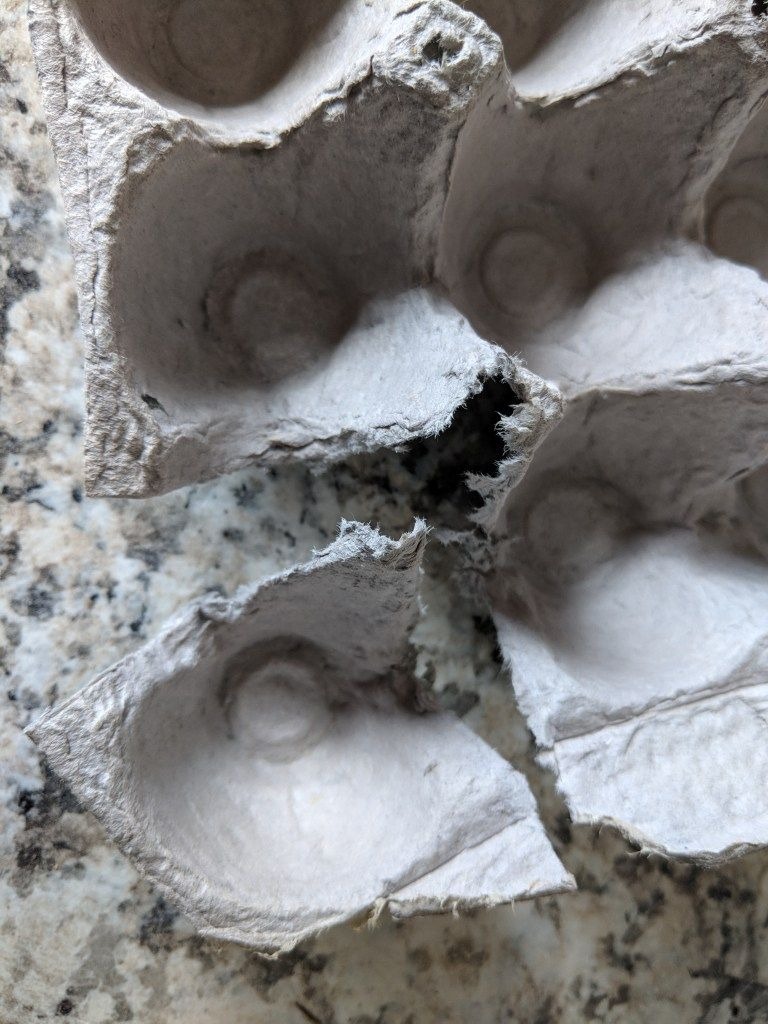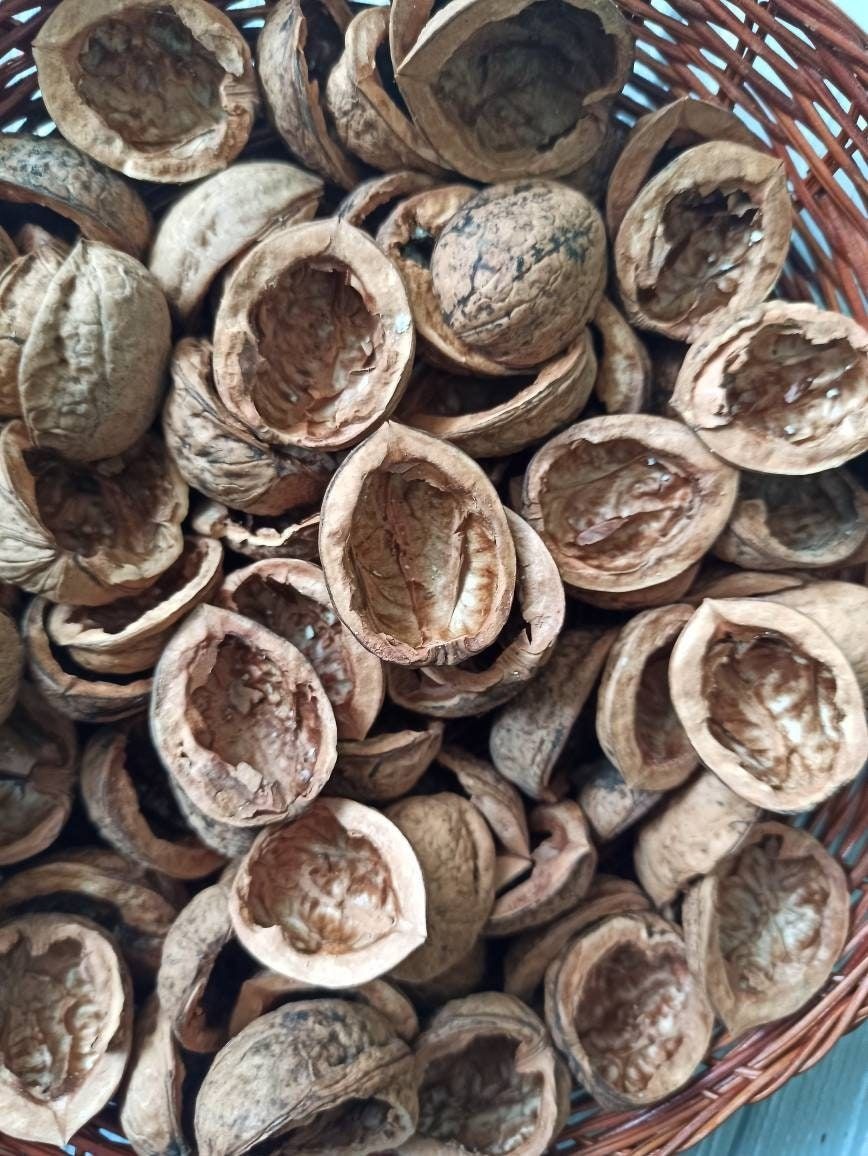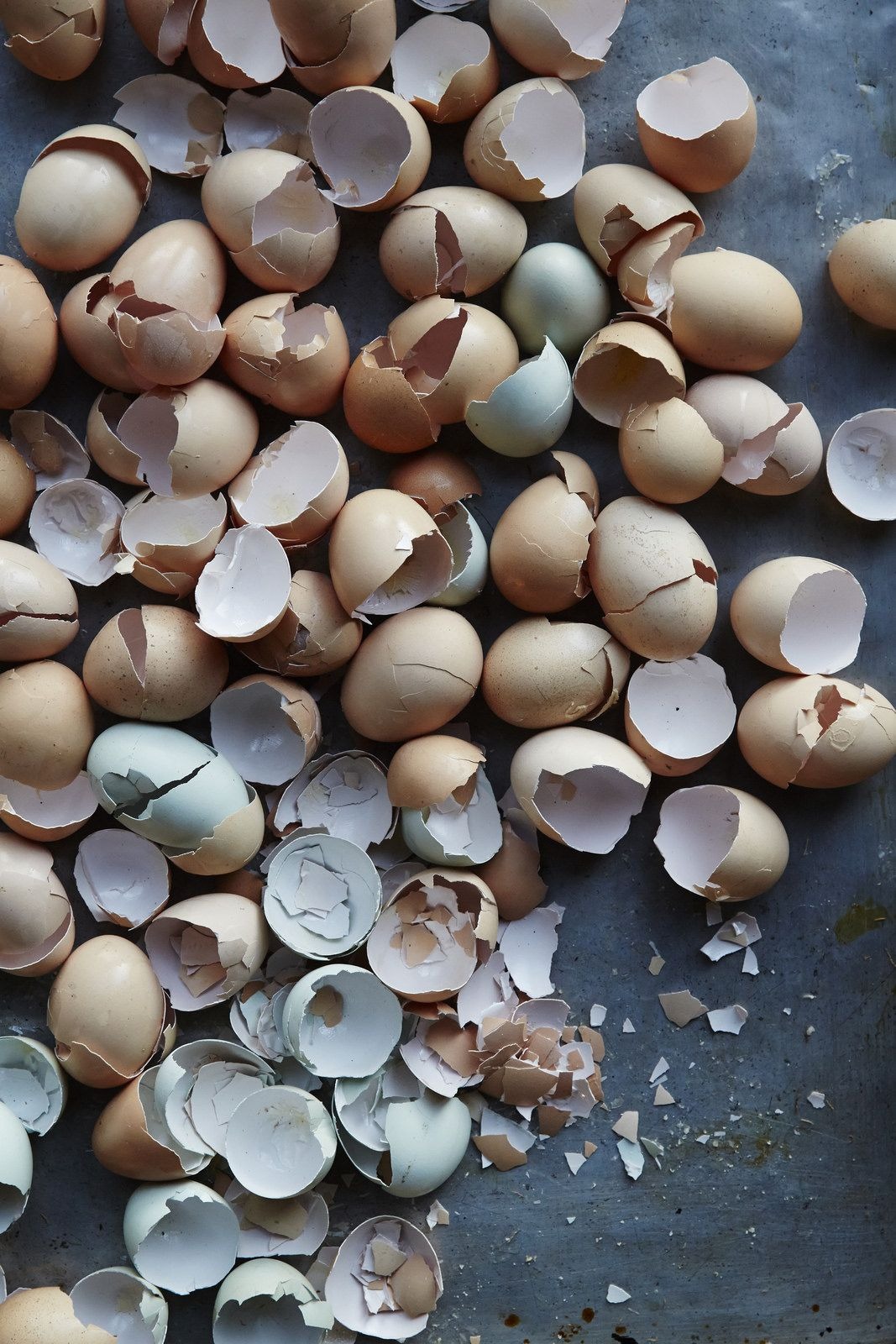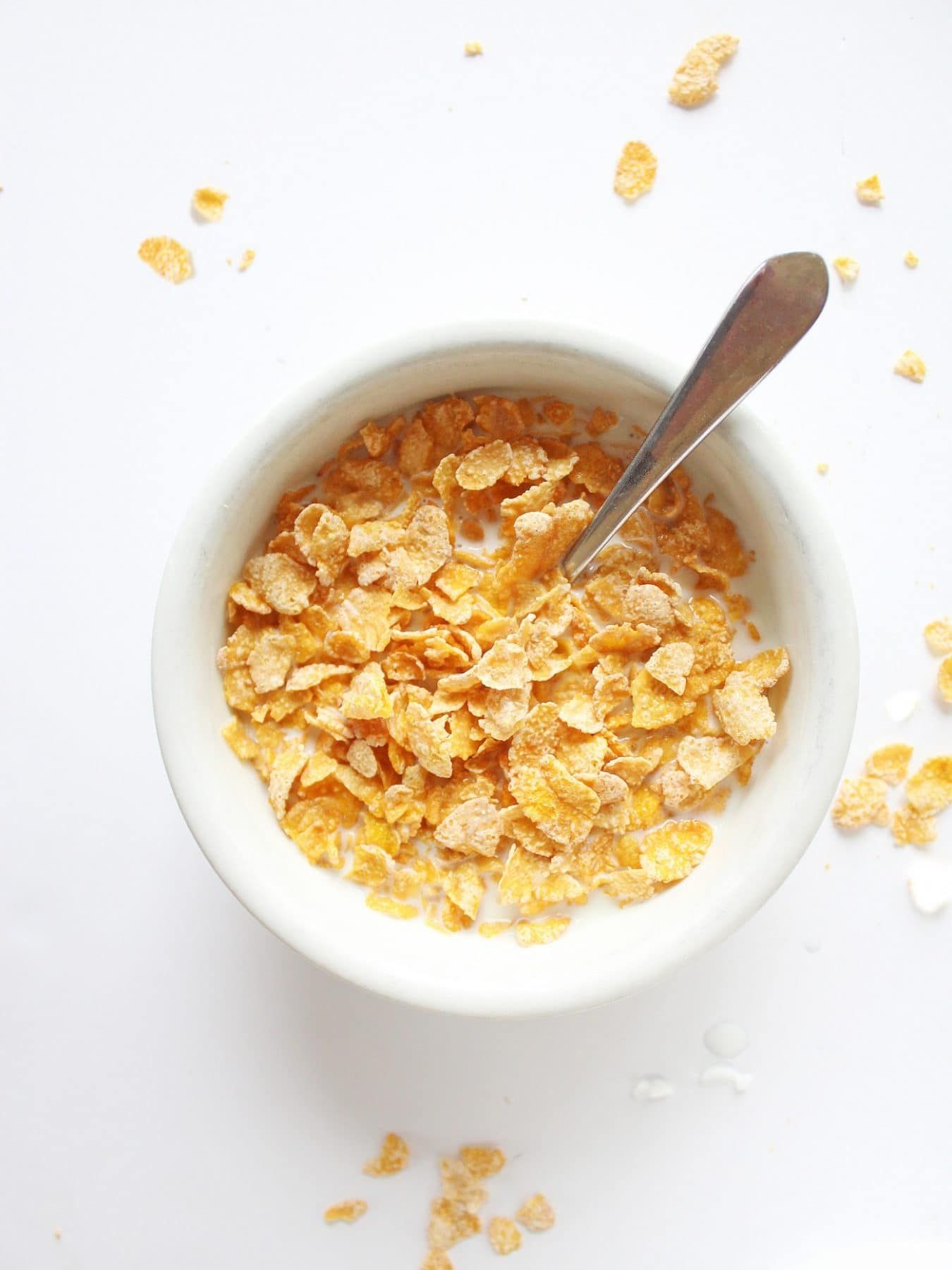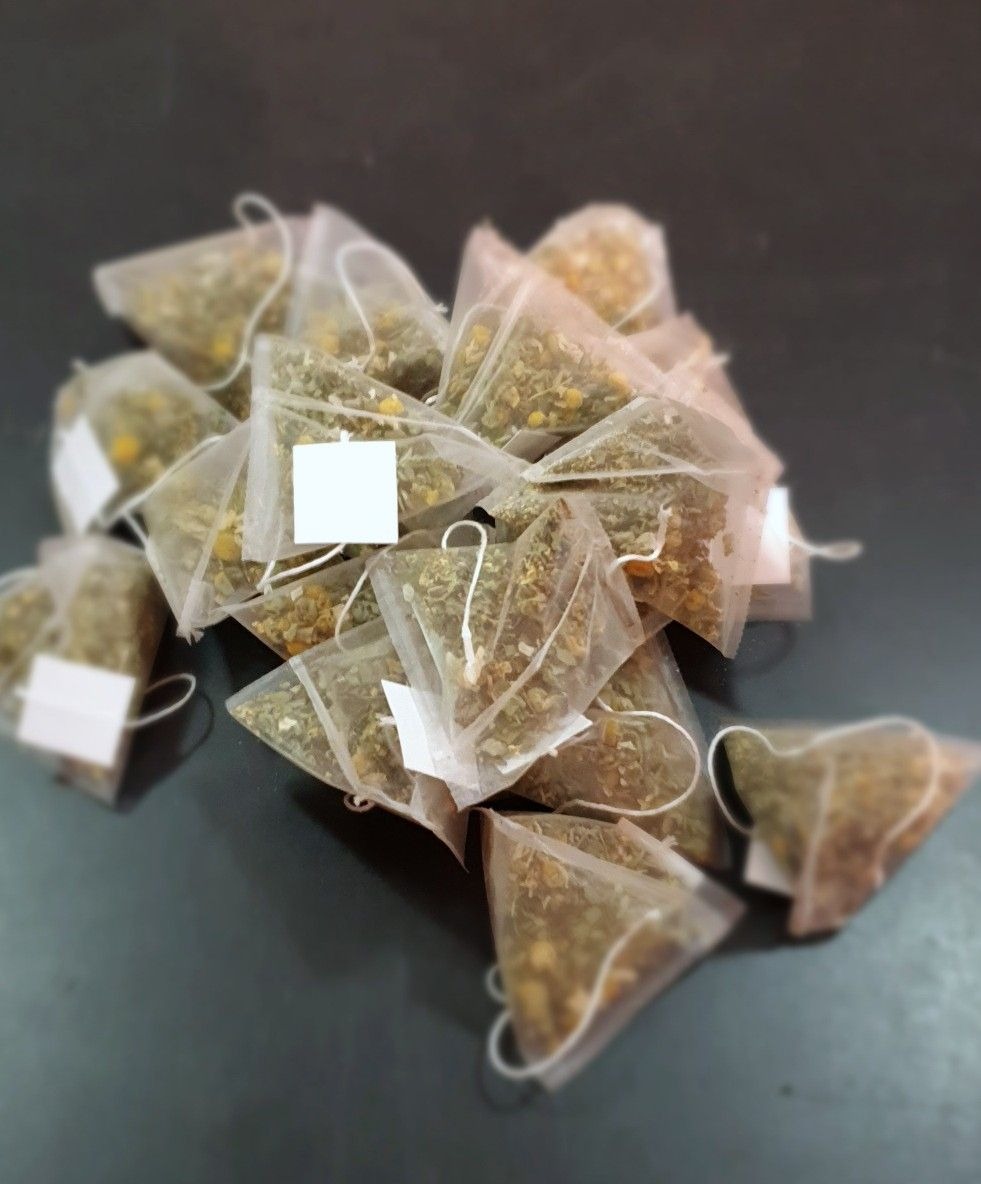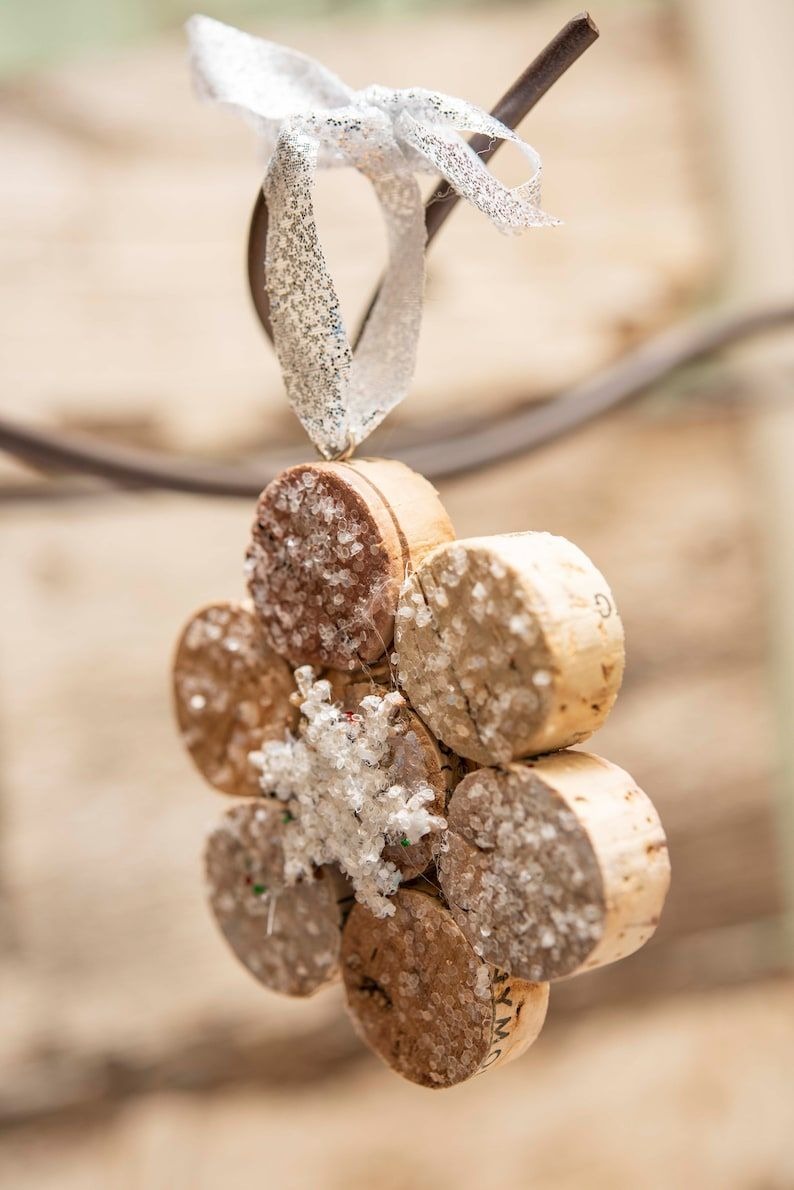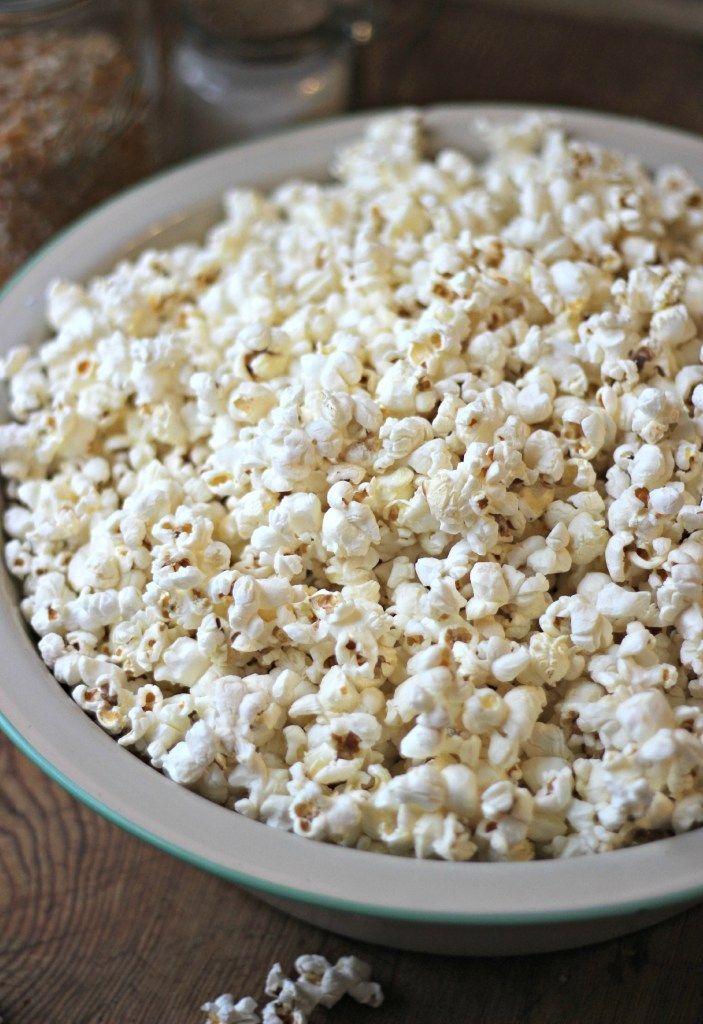Homesfornh.com – Fertilizer is a beneficial material to feed your plants. It can stimulate the plants’ growth. Some gardeners like to make compost fertilizer by compiling organic materials. They classify the ingredients based on the material. There are green, brown, water, and air materials. Most of them use brown and green materials. Here, are 18 Compost Ingredients from Brown and Green Materials to Make An Organic Fertilizer.
-
Fruit and vegetable scrap
Green compost material will enrich nitrogen in the soil. Most of the green materials are fruit and vegetable scraps. Thus, don’t throw the kitchen scraps into a waste bin. You can compile them in your compost container. These green materials will rot naturally for a few weeks.
Also, you need to stir green materials in this bin to add oxygen to your compost layer. The fresh green materials are better to put in the middle part. You need to push them inside the compost bin. Besides, always scraps the green materials to help decomposition faster.
1 of 18
-
Grass clippings
Fresh garden lawns can bring an aesthetic landscape. It is one of the best exteriors for most houses. The garden lawn will grow taller or dense. It needs regular pruning to control its growth. The grass clipping is beneficial for your compost bin.
You can add grass clippings into a green compost bin. It will add nitrogen among other green materials. The green clippings need more times to decompose. Some types of grass will rot within weeks or even more than a month. Thus, keep stirring the compost bin every 2 to 3 weeks.
2 of 18
-
Coffee grounds
Do you like to drink a cup of coffee? If you do, take the coffee ground into your compost bin. Coffee ground is a popular material for compost. It is also useful to mulch your plants. You can put coffee grounds directly on the soil or mix it with other materials.
The coffee ground also has a nice smell. It can absorb the odor. Besides that, the coffee ground is beneficial to add brown materials to your compost bin. This material will blend well. The sandy texture is easy to mix with any material.
3 of 18
-
Chicken Manure
Having chickens will give some benefits for you. You can use the chicken manure as brown material for compost. This material contains beneficial nutrients for plants’ growth. Chicken manure is smelly but you can compile them in a compost bin. Then, let them there and decompose.
Chicken manure will have a loose texture. As it turns into compost, you can add new chicken manure in the corner. Chicken manure needs 4-6 weeks to decompose in the first phase. It will be ready to use in the third month. Besides that, it is okay to use chicken manure after the first week of decomposition.
4 of 18
-
Shredded cardboard
Cardboard is one of the brown compost materials. It adds high carbon to your plants. Thus, make use of your broken cardboard. Then, tear them into shredded cardboard. The smaller pieces are best for compost.
After that, put the shredded cardboard into your brown compost bin. Then, stir it and mix the shredded cardboard with other materials. You can mist the compost bin to add humidity. Next, let the compost materials in that bin and cover it with a seal.
5 of 18
-
Shredded Paper
It is similar to the previous material. Shredded paper is a brown compost material. It will enrich carbon in this organic fertilizer. You need to cut them off into pieces. Then, mix the shredded papers in your compost bin.
Some gardeners mix this material directly in garden soil. Here, the shredded paper is a part of a compost bin. It needs some weeks to decompose well. Misting the compost pile every week, then stirring them. It will help the shredded paper to mix well.
6 of 18
-
Sawdust
Sawdust is the scraps of wood. You can find this material in a carpentry shop. The sawdust consists of two materials, wood dust, and scraps. As a brown material, sawdust will add carbon to your compost bin. The wood dust will mix well.
Besides, the wood scraps are beneficial to add texture. Some types of wood are easy to decompose. Also, other woods need more times to decompose. This material requires constant humidity to fasten the decomposition. You can add this material to your compost bin with wood materials.
7 of 18
-
Autumn leaves
The fall season or autumn is identical to falling leaves. Many trees fall off their leaves to the ground. The autumn leaves are useful to complete your compost materials. The dried autumn leaves fit into a brown compost bin, and the green leaves are green compost.
Moreover, it is better to chop the autumn leaves before mixing the compost materials. You can use the shredded machine to make scraps of leaves. The scrap is easier to decompose. Also, keep the compost bin in a seal. It needs a regular stir every week and a splash of water.
8 of 18
-
Lobster shells
A lobster shell is a beneficial kitchen scrap. If you like to cook Lobster, you can keep the shells for your compost materials. It is part of green materials. Lobster shells can add nitrogen to your plant. This component is necessary for the composting process.
You need to crush them up into pieces. Make it like an eggshell. This material is beneficial to mix eggshells and nutshells. It needs a few months to make nice soil. Sometimes, it is better to make them like a duststone texture.
9 of 18
-
Rotten tomato
Tomato is one of the fresh fruits. It has a juicy taste and glossy skin. People like to store tomatoes in their homes. Sometimes, tomatoes become rot if they are put in the wrong place. You can take them out, then make a good material for green compost.
Rotten tomato contains rich nitrogen. It adds a water element to your green compost. Besides that, some gardeners find rotten tomatoes in their gardens. Before using this fruit as compost, they need to cut off the broken part. Some tomatoes become rot because of pests, so they need to remove that part.
10 of 18
-
Squash skins
Squash skin will add nitrogen to your green compost. This fruit is beneficial to make delicious juice. The Squash skins are also useful for garden plants. You can put Squash skins in your compost bin. This watery material will decompose within weeks.
Also, the thin Squash skins will compost down quicker than the thick skins. Sometimes, you need to cut them into small pieces to fasten decomposition. Then, make sure to stir the compost bin every week. It will aerate the compost materials.
11 of 18
-
Egg cartons
An egg carton is a container for eggs. It has curvy holes and makes a simple tray. This egg container is useful for brown compost. Despite this, the recycled egg carton is the only one to use. Don’t use egg cartons from synthetic materials.
Besides, you can use egg cartons from cardboard as well. This paper material is easy to decompose. Before using this egg carton, you need to tear them into pieces. Use a shredded paper machine to make a better result. Then, add the shredded egg cartons to your compost bin.
12 of 18
-
Nutshells
Nutshell is another brown material. Many types of nuts that you can use. There are walnut, hickory, pistachio, etc. If you consume these nuts, compile the shells in a container. Then, add nutshells to your brown compost bin.
This brown material is easy to use. You can mix them directly into the bin. Also, it is easier to decompose them by shredding or burning the nutshells. Add this material and stir the compost bin. Make sure to put them inside the compost layer.
13 of 18
-
Eggshells
Egg shells have a hard texture. This material is like Lobster shells. You need to crush them up before mixing them into a compost bin. The better texture is the smallest piece. Egg shells are brown material because it contains carbon.
Besides that, you can use eggshells as a garden mulch. It can cover the topsoil well. Also, this brown compost will stimulate the plants’ growth. Add water to refresh the temperature in your compost bin. Then, aerate your compost bin.
14 of 18
-
Stale cereal
Stale cereal is an improper food. You shouldn’t consume this cereal. It is better to use stale cereal as compost. Stale cereal is a brown compost. This material contains high nutrition for plants.
As a part of organic fertilizer, stale cereal is easy to decompose. You can add this material to your compost bin. Mix this material well. Then, splash water on top of the compost. You can cover it to fasten decomposition.
15 of 18
-
Teabag
A tea bag is a waste, but you can use it as compost. For your notes, make sure that the tea bag is made of organic materials. The shredded tea bags will decompose quicker. Also, add the tea grounds as well. Tea is a green material and can absorb odor.
Moreover, this material is easy to find. It is also low-cost material. You can make a cup of tea, then compile the tea bags in a container. Also, some gardeners use tea bags and tea grounds as mulch. This material makes a beautiful mulch and protects topsoil.
16 of 18
-
Wine corks
Wine corks are made of various materials. For compost material, you need wooden wine corks. Sometimes, people use it as an attractive craft or ornament. Besides that, wine corks make a nice material for compost. It is one of the organic materials to add nitrogen.
Some wine corks are hard to decompose. The hardwoods will take a long time to disappear in your compost pile. Thus, you can put them in a moist spot. Also, it needs constant humidity to decompose slowly from the inside. You can also use a wooden shredder machine.
17 of 18
-
Popcorn kernels
A popcorn kernel is a part of corn. This material is brown compost. Popcorn kernels will decompose faster in moist conditions. So, you need to water it every 2 weeks. Also, aerate the compost bin regularly.
Moreover, it is okay to use cooked or uncooked Popcorn kernels. The best texture depends on how long you want to decompose them. It is biodegradable, carbon-neutral, and edible. So, popcorn kernels will keep decomposing in garden use.
18 of 18
These are 18 Compost Ingredients from Brown and Green Materials to Make An Organic Fertilizer. You can almost find all materials at home. It is necessary to use organic materials as compost. As an organic fertilizer, compost will make a healthy plant. Hopefully, this post will inspire you to make good compost. Good luck and enjoy your green thumb routine!

